Aqua Coat Grain Fillers: A full guide
These are not your grandfather's grain fillers. Grain fillers are used frequently by manufacturers and do-it-yourselfers. Over time, grain fillers have gotten a bad reputation and fell out of favor. They were solvent-based with a nasty odor. They took a long time to dry. They were tough, which made sanding a long process, and they also created a lot of messy dust. They were also solvent-based and not very well received. The old method of application was to apply a thick coat, let it dry overnight, then sand most of it out with 120-grit sandpaper. Apply another thick coat, let it sit overnight, then sand with 220. Apply yet another thick coat, let it sit overnight, then sand with 320 grit paper. Very difficult and time-consuming, and it usually added undesired color to the wood.
Aqua Coat grain fillers make this process much more manageable. Our grain fillers are low odor, low VOC, non-flammable, non-combustible, fast-drying, easy to sand, and are easy to clean up using water. No more poring the liquid on and dealing with those messy drippings. Our fillers are made in a gel form so that the user has better control of the product and involves much less waste.
Be Careful with the clear. Its clarity is very easy to over-sand. You are building thin coats down into the pores, so you don't need to over-sand.
Think of it this way. You are not sanding it down, and you are not sanding it off. The main reason you are sanding is to help it form a better adhesion between coats.
White Cabinet Grain Fillers - Attributes:
White cabinet grain fillers were developed for customers using the clear grain filler in painting old oak kitchen cabinets, vanities, oak trim, and bookcases. Customers kept commenting that because the clear was so clear, they could not tell if they applied any at all! They started requesting we make it in white so they could see into the grains and pores. This way, they would also be able to see if they sanded it all out. The customers asked, and that is what we accomplished! We formulated a new version for painting your cabinets, tables, or oak paneling. The white is formulated with higher solids and for better adhesion - something we could not do with the Clear and maintain its clarity. The white will always perform better with fewer coats — a big time saver!
Aqua Coat's White Cabinet Grain Filler is an easy to apply white gel that one uses to fill the pores and grains of your wood vanities, cabinet doors, and drawers before you paint them. The Grain Filler seals both the grains and pores of the wood, minimizing the absorption of the paint and primer, resulting in a polished smooth surface. It's non-flammable, non-combustible, low odor, fast-drying, easy to apply, cleans up with water, and is environmentally friendly. Aqua Coat's White Cabinet Grain Filler may be applied before painting.
Aqua Coat grain fillers are painting contractor "go-to" product for...
- cabinets
- kitchen tables
- desks
- chairs
- tables
- bathroom vanities
- wood shelving
- bookcases
Testimonials:
"Amazing, I loved that I can really see the filler sitting in the pores of the wood, so I know when they have been filled all the way".
"You guys have a real hit here"
"It made my cabinets look like a professional did them. I can't wait to try it on my kitchen table"
Surface Preparation:
Make sure cabinets are well cleaned and sanded down to a 150 grit paper. If using for surfaces other than cabinets, follow the same process. Remove dust with forced air or a damp rag (water only). DO NOT USE TACK RAGS as they have oils and waxes and will repel the grain fillers when you apply it.
Important Note:
Test all steps on a sample board. We recommend the back of one of your kitchen drawers before starting your project to get used to using the product and determine the method that will give you a look that you want to achieve.
Directions for Use:
Work the White Grain Filler generously into the open wood grain and pores against the grain with a small squeegee, bond blade, old credit card, or fingers with a glove. The filler may also be applied with a cotton rag or a soft cloth in a circular motion. Scrape off excess with a squeegee, Bondo blade, or an old credit card with the grain. Let dry 60 minutes. VERY lightly sand with a 320 or higher grit sandpaper or a fine Scotchbrite sanding pad immediately before your next application of grain filler and your first coat of paint. The only reason you are sanding is for adhesion purposes. Two to three coats are recommended. Follow with 1-2 coats of primer and two coats of paint.
Clear Grain Fillers - Attributes:
Aqua Coats offers easy-to-sand clear gel wood grain filler for filling the pores in woods (such as oaks, mahogany, ash, and hard-to-fill woods). Aqua Coat clear is extremely clear, low odor, low VOC, non-flammable non-combustible, easy sanding, water clean up, and can be tinted with water-soluble trans tints and dyes. It can be used on raw wood or after staining, sealers, or topcoats for a finish as smooth as glass.
Finishing tabletops or upcycling furniture? Clear grain fillers is excellent for:
- Furniture makers
- Gunstock finishers
- Cabinet makers
- Piano restoration
- Antique restoration
- DIY woodworking hobbyists
- Tabletops
- Pianos
- Cabinets
- Guitars and other wood instruments
Application Method:
Surface Preparation: Surface must be clean and dry (free from all dirt, oil, wax, and polish) before using the Aqua Coat Clear Wood Grain Filler. Sand surface thoroughly. Remove all dust with a vacuum, forced air, or a damp cloth (water).
Directions for Use:
Aqua Coat Clear Wood Grain Filler should be applied after the piece is stained, and/or a seal coat (Aqua Coat "X-119" Sanding Sealer) has been applied.
- Stain and seal coat must be dry and lightly sanded with 220-grit or finer sandpaper.
- Grain Filler may be tinted with water-soluble colorants or dyes.
- If no stain or seal coat is used, you may apply Clear Grain Filler to the raw wood.
- Grain Fillers may be applied with a soft cloth, using a circular motion, much like applying paste wax. Work Grain Filler generously into open wood grain pores with a small squeegee or plastic bondo blade.
- Inspect to see if the grain is completely filled, then scrape or squeegee to remove excess.
- Let dry 60 minutes, then lightly sand with 320 grit paper.
- If the grain is not completely filled, repeat the application process.
- Two (2) coats of Grain Filler are recommended.
- Allow overnight dry time and lightly sand before applying topcoats


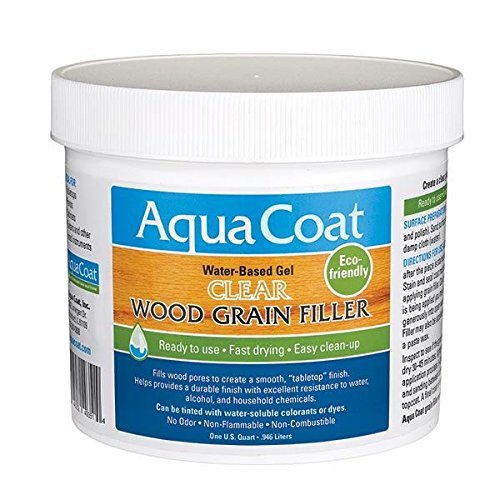
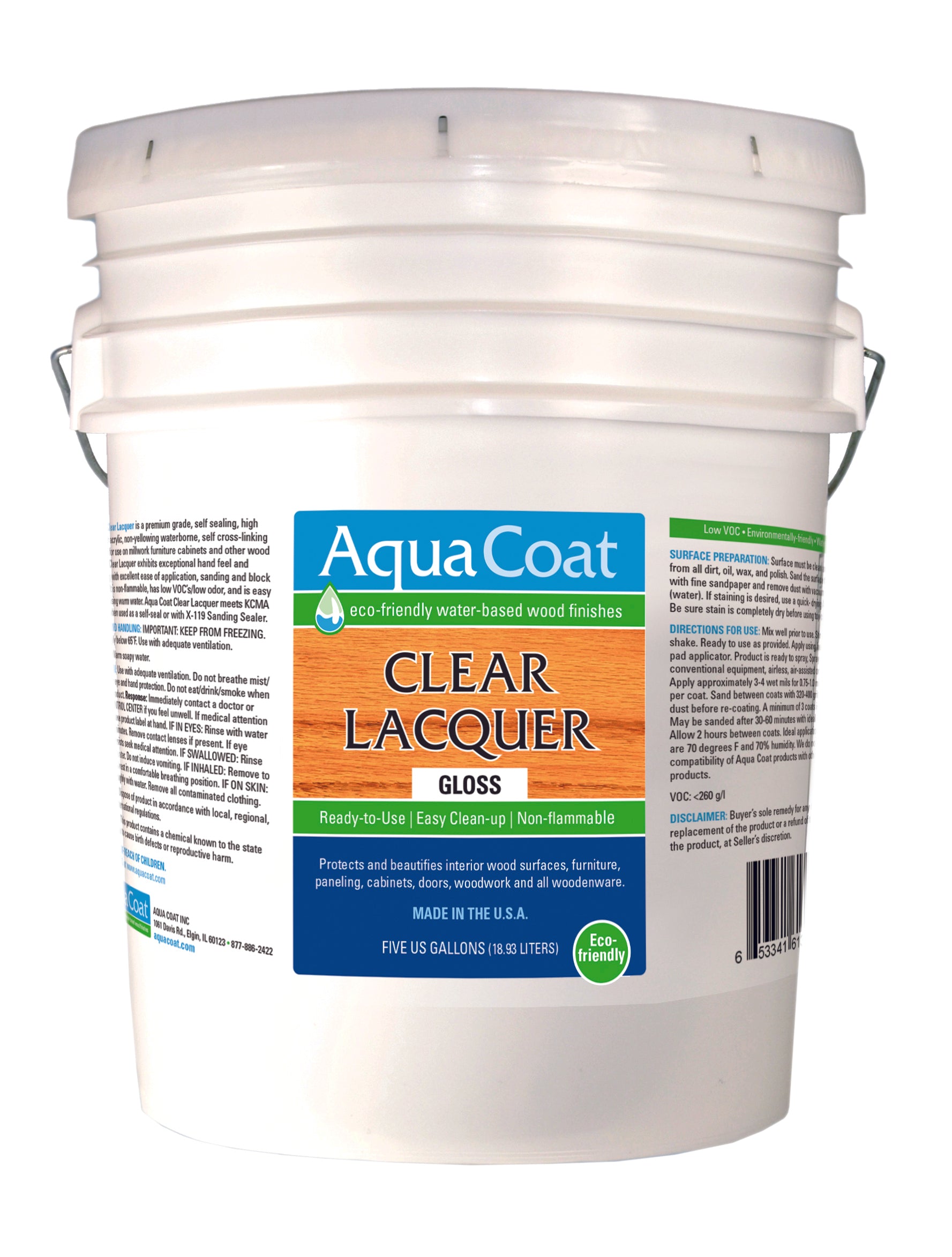
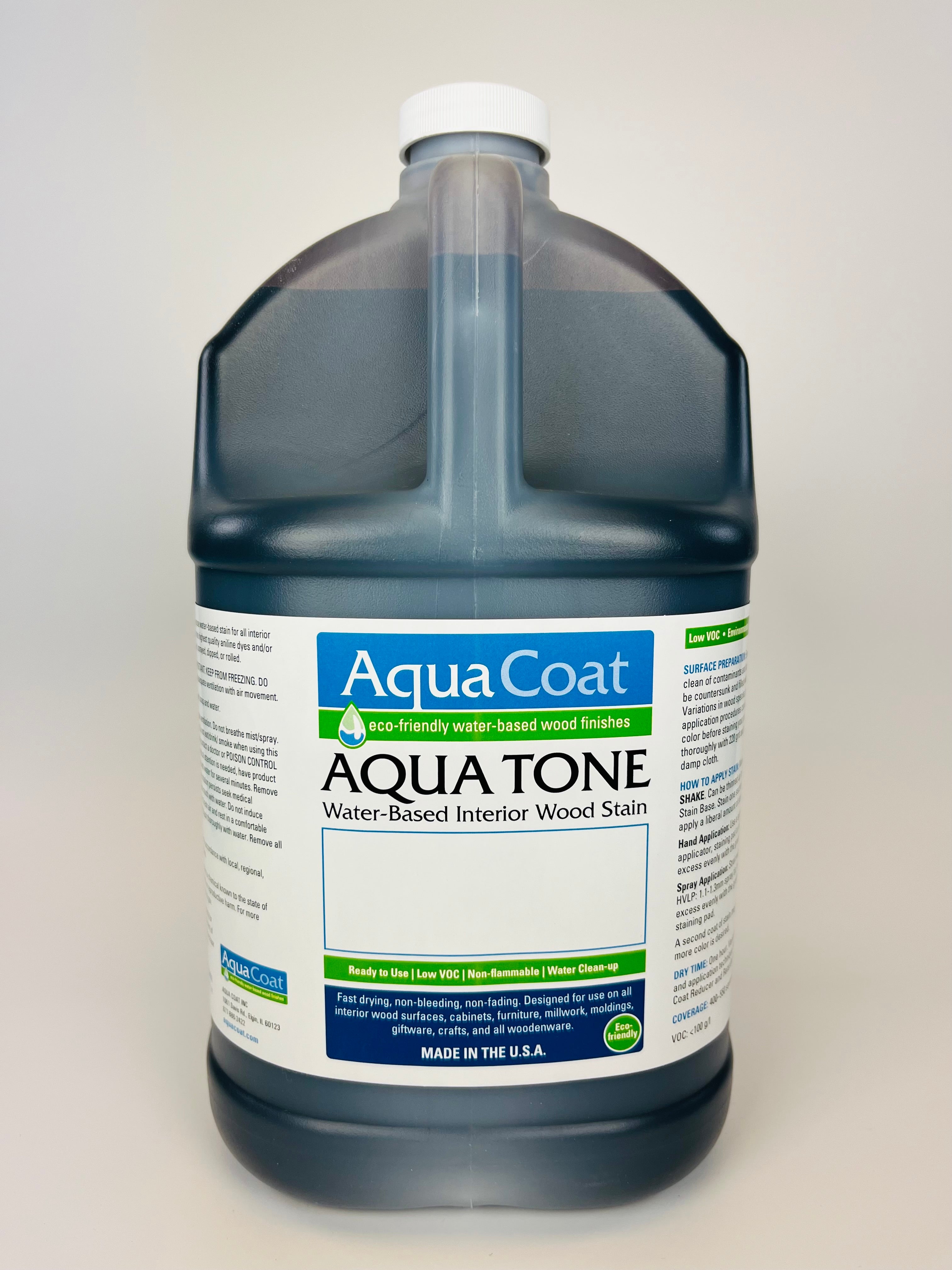
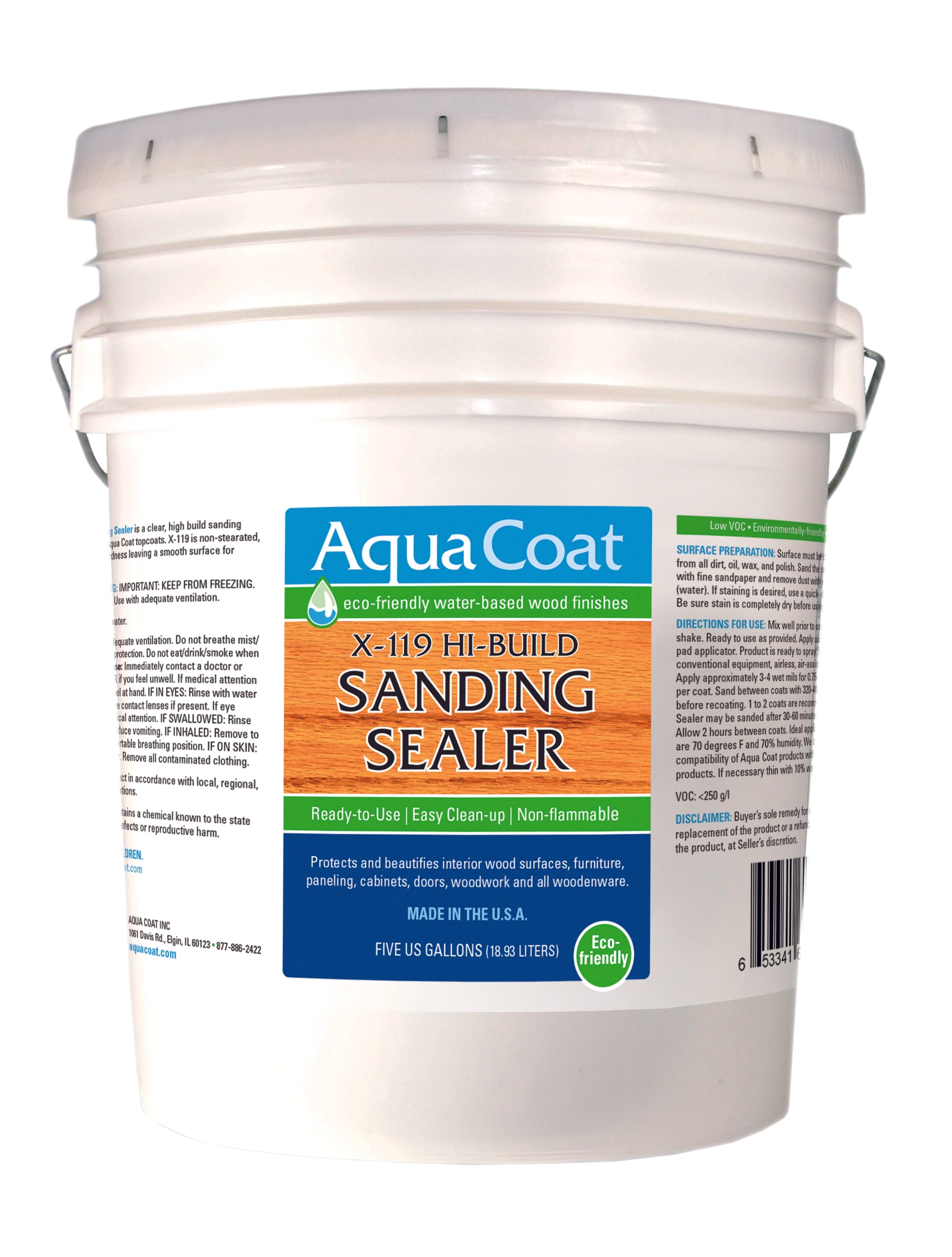
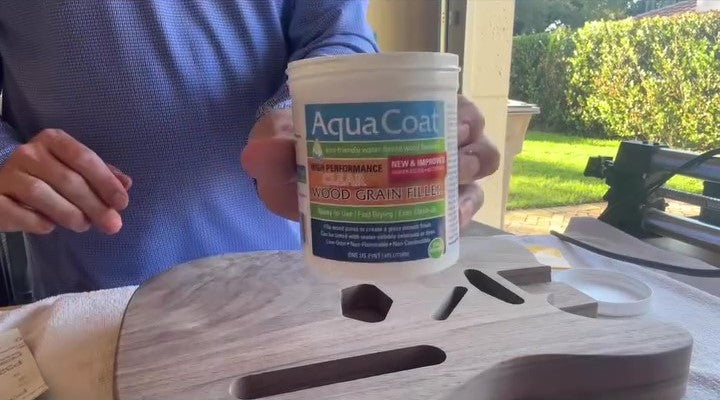

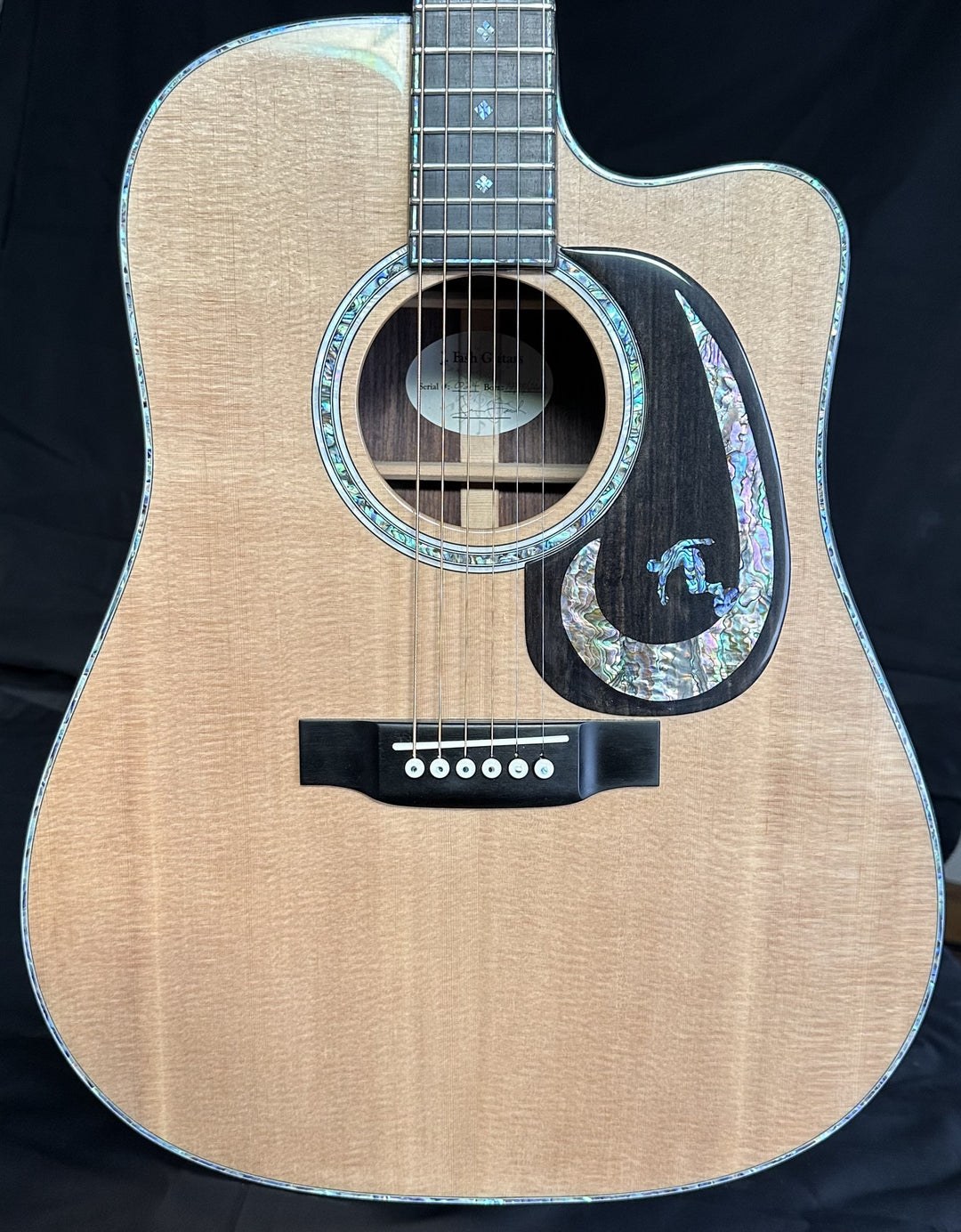
Leave a comment